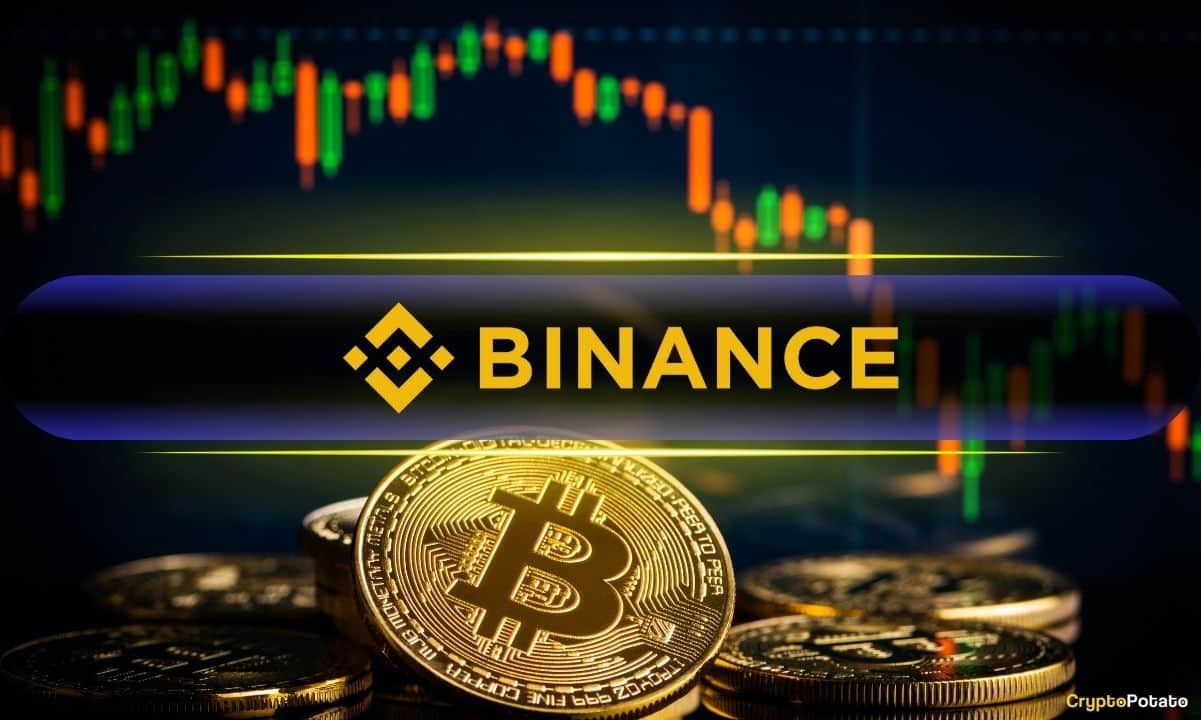
Bitcoin Faces Downward Pressure Due to Binance Activity, But October Could Change the Tide
Despite a current dip attributed to Binance, analysts predict a positive shift for Bitcoin as October progresses.
Bitcoin has experienced a decline of 2% in the last 24 hours, dropping to below $111,000 as of Friday. This recent downturn is largely attributed to selling pressure from Binance, according to CryptoQuant analysts, who believe this is merely a short-term correction rather than the end of an upward trend.
Current Market Dynamics
The indicators known as the Coinbase Premium, Funding Rate, and Taker Buy/Sell Ratio collectively illustrate this market behavior. The positive Coinbase Premium suggests strong buying activity in the U.S. However, Bitcoin’s price is still under duress, indicating that selling on Binance is overwhelming the domestic demand.
For four consecutive days, Binance’s Funding Rate has been in the negative, contrasting with other exchanges that show positive rates. This indicates that futures traders are expecting short-term declines. Additionally, the Taker Buy/Sell Ratio has reached its lowest point in over a year, suggesting that seller aggression has intensified, leading to a market heavily weighted toward liquidation.
Despite Binance’s influence over short-term price movements, CryptoQuant asserts that this correction appears cyclical, with on-chain fundamentals remaining robust. Metrics like network activity and accumulated long-term holders continue to reflect a strong underlying market structure.
Will October Bring a Reversal?
As October unfolds, Bitcoin may regain its previous momentum. Historical data from CryptoQuant shows that Bitcoin often sees its best performance during the second half of October. An investment of $100 at the start of the month has generally risen to approximately $120-$125 by the end. This trend has been consistent since 2020.
In the latter part of the month, Bitcoin’s exchange reserves typically diminish by about 0.5-1%, as more investors withdraw their assets into self-custody or long-term holdings. This decrease in available Bitcoin enhances market liquidity, making prices react more strongly to renewed buying interest.
Initially, price movements are largely influenced by short-term traders, but as the month progresses, long-term holders resume their acquisitions, generating positive sentiment and contributing to what is referred to as the ‘Uptober’ effect. Furthermore, an increase in stablecoin issuance points towards new capital influx into the crypto space, boosting market demand. Together, these elements create a ripe environment for potential late-month price rallies.


